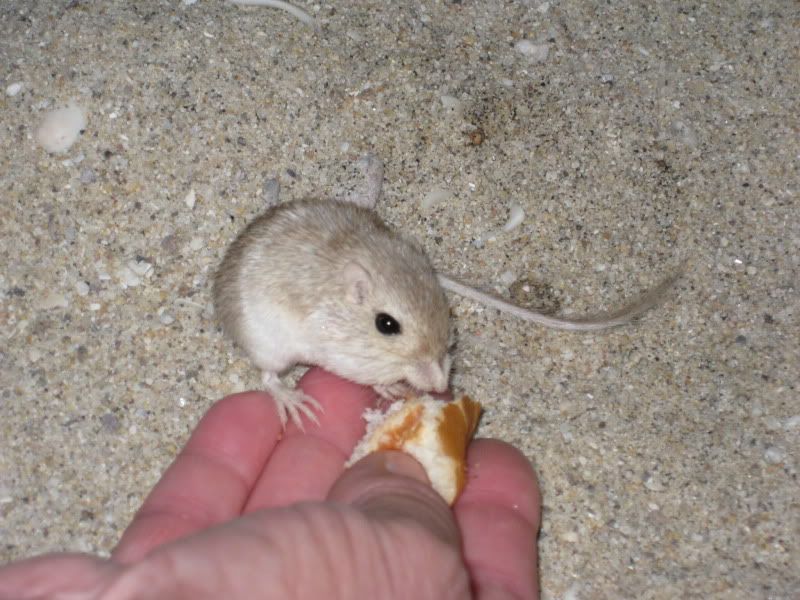Originally posted by paranewbi
With the value of water in Baja...this is sort of like the sacrificial offerings made by the Mayan in throwing humans in their Cenotes...but I guess
you could still wash your car with the rank water in the bucket.
How much for one of those Woody? Do you accept PayPal?
Would you make one with my beer can plane from San Felipe? |








